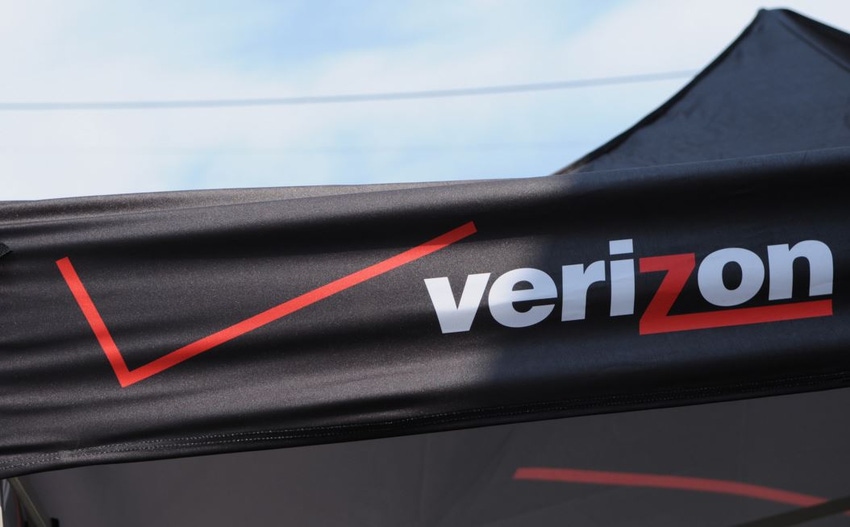Verizon has teamed up with a host of vendors with the objective of launching services and devices on Citizen Band Radio Spectrum by the end of 2018.
April 6, 2018

Verizon has teamed up with a host of vendors with the objective of launching services and devices on Citizen Band Radio Spectrum by the end of 2018.
After successful initial trials last year, Corning, Ericsson, Federated Wireless, Google, Nokia and Qualcomm, have all come together in Verizon’s Irving lab to develop further use of the spectrum. After the FCC authorized shared use of the spectrum with wireless small cells in 2016, Verizon has been burrowing away with progress seemingly steady. Prior the shared-spectrum set up, the 150 MHz of 3.5 GHz spectrum was primarily used by the federal government for radar systems.
“The promise of the CBRS band and enabling the use of wider swaths of spectrum will make a big impact on carrying wireless data in the future. These trials are critical to stress test the full system,” said Bill Stone, VP Technology Development and Planning for Verizon. “There are many players in the CBRS ecosystem and these successful trials ensure all the various parts perform together as an end-to-end system for our customers’ benefit. We want to ensure devices efficiently use CBRS spectrum and that the new components effectively interact with the rest of the network.”
The tests will focus on several areas including:
Verify the Spectrum Access System algorithms from Google and Federated Wireless are consistently providing the best channel match from the SAS database
Data rates, modulations and the customer experience using CBRS spectrum
Interoperability between infrastructure providers to ensure seamless handoffs between CBRS spectrum and licensed spectrum for customers
Mobility handoffs on the CBRS spectrum
Evaluate performance and data from LTE over CBRS spectrum
While CBRS operates in a band which is not compatible with devices for the moment, the fact the 3.5 GHz spectrum is being used in Japan and in Europe before too long, means many devices will only need small modifications. Many devices already support TDD LTE operation in 3.5 GHz today, so this could be a logical move from the US and Verizon.
Aside from increasing capacity and higher peak speeds for consumers, Verizon is aiming to use the additional airwaves meet the needs of enterprise customers who want greater control over their LTE solutions including private on-site servers, control over access to their designated LTE network, as well as increased throughput and reduced latency through dedicated backhaul.
About the Author(s)
You May Also Like








.png?width=300&auto=webp&quality=80&disable=upscale)


_1.jpg?width=300&auto=webp&quality=80&disable=upscale)


.png?width=800&auto=webp&quality=80&disable=upscale)